Horse Colic Treatment
Horse colic – A disease that can not only causes pain, but can also be lethal for your horse. Here you will find valuable informtion on this disease and horse colic treatment.
Colics are feared by all horse lovers, because these diseases cause the horse not only severe pain but can also be fatal for them. Almost all horses get at least once in their lives colic, some also very commonly. Therefore it is very important for horse owners to find out everything about this disease.
Fundamentally colic is not a single disease, it is a collective term for symptoms that indicate several diseases of the stomach and intestinal tract.
What signs reveal colic?
Depending on the type and severity of colic the signs vary as well. Mostly the horse paws with its hooves, it is restless and walks restlessly in the box. It turns the head over and over again towards the belly to try and bite itself. The more severe the disease and the more advanced, the worse the symptoms. The horse starts to sweat, yawn and nuzzle repeatedly. It also repeatedly gets down and up again to rolls on the abdomen or lies down on its back. It breathes faster and also the heartbeat is accelerated, the eyes and nostrils are inflated. Based on these signs colic can always be noticed.
But what to do if you suspect colic? One can hardly look into a horse to find out how bad the colic actually is and how much pain the horse is in. Therefore, it is advisable to call the vet immediately. Another important step is to prevent the horse from lying down. Movement helps the animals with mild to moderate colic as antispasmodic and relaxation. If the horse lays down or rolls onto the stomach intestines could move or even tie up, which should be strictly avoided! However, the colic sometimes can be so strong that the circulation of the horse greatly impaires and motion is therefore not advisable. Until the veterinarian arrives and explains both colic type and the severity of the disease and the way forward, the horse should be prevented even from taking in the fodder. One should remove hay or other feed, and be careful that it eats no litter. It is also advantageous when temperature and pulse of the horse is measured because for the veterinarian these are all beneficial information.
What types of colic in horses exist?
There are several types of colics, from which you may already have heard or should know about.
The most common colic is the so called Cold Weather Colic. As the name suggests it involves paraxymal and fierceful cramps which appear when the weather changes, in stressful situations, if the horse drinks too fast or too much water, or may occur with overexertion.
The Gas Colic is the distension of the bowel through an excess gas formation. There are several reasons for this, mostly, an incorrect feeding is to blame. For example, if the horse has eaten too much grass (Gardeners like to through their mown grass onto the horse meadows, in the belief that the horses like to eat it, however, the cut grass almost always leads to a Gas Colic. Sometimes horses die due to the overzealous gardeners!), too much clover or fresh bread.
Even constipation can be a reason.
Often the Impaction Colic occurs. Parts of the large intestine are blocked. This colic manifests itself through inertia and the circulatory system, the horses are mostly sideways and move little.
When the small intestine is twisted, which is the most serious form of colic, it´s called a twisted bowel. The horse suffers from severe pain that occurs suddenly and violently, the horse trying to relieve the pain by wallowing. Often these colics is to be treated only by surgery.
Eats the horse too fast and a lot, it may lead to stomach overcharge. Since horses can not vomit, the contents of the stomach must usually be removed by a veterinarian.
Horse colic treatment
In any case it is advisable to call the vet, who is more familiar with this disease and can act accordingly. Some horses are particularly susceptible to colic and should therefore be closely monitored. One can also take certain safety precautions:
-
examining the horse paddox regularly
-
paying attention to quality of the food
-
not feed too large amounts
-
do not let the horse drink large quantities of water immediately after strenuous exercise
-
avoiding stress
Complementary Horse Colic Treatment
Using Color Light Therapy and/or Reflex Therapy you can easily and effectively treat and prevent the disease.
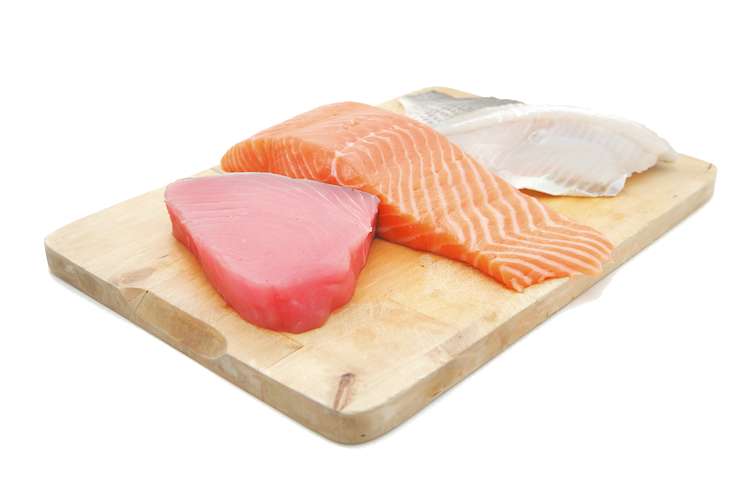 The food contains a reduced proportion of carbohydrates, to not supply additional energy to the tumor, while the fat and protein content is increased, so that the body reserves can be replenished. By adding omega-3 fatty acid and the amino acid arginine immune function is increased and the depletion can be counteracted. The lining is only available as canned food and only for dogs and can be given during the entire lifetime of a dog with cancer. However, it has no preventive function, so is not suitable for healthy dogs that should be fed natural and organic dog food.
The food contains a reduced proportion of carbohydrates, to not supply additional energy to the tumor, while the fat and protein content is increased, so that the body reserves can be replenished. By adding omega-3 fatty acid and the amino acid arginine immune function is increased and the depletion can be counteracted. The lining is only available as canned food and only for dogs and can be given during the entire lifetime of a dog with cancer. However, it has no preventive function, so is not suitable for healthy dogs that should be fed natural and organic dog food.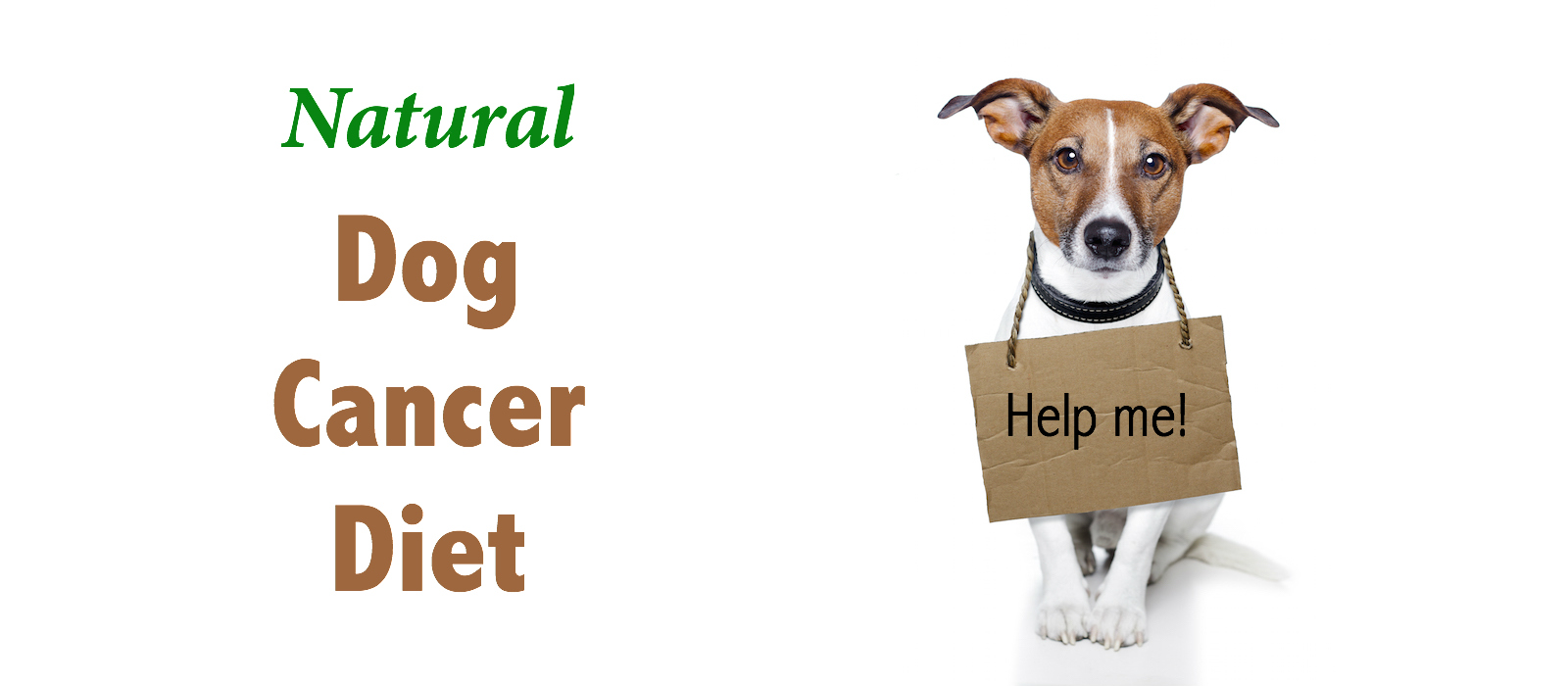
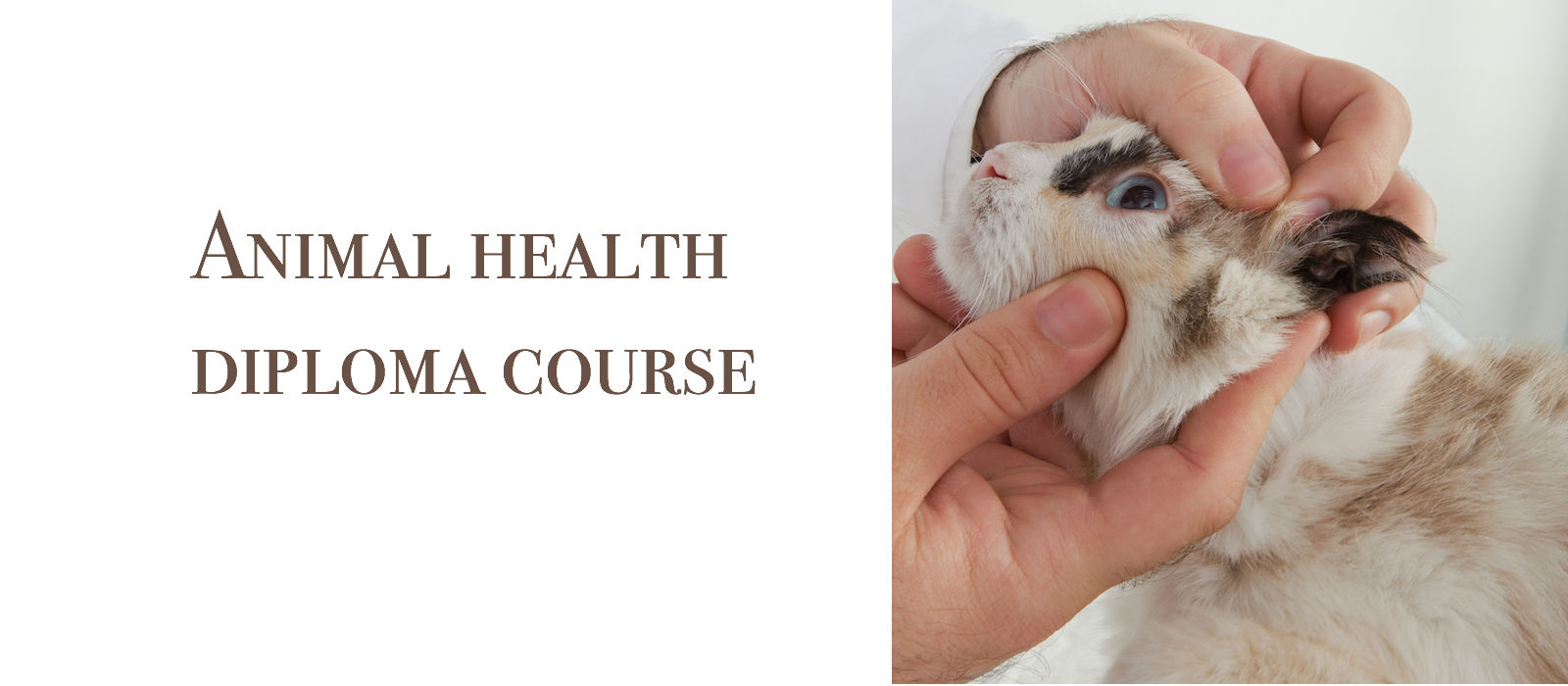
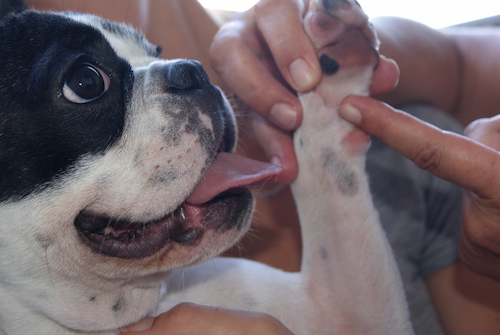

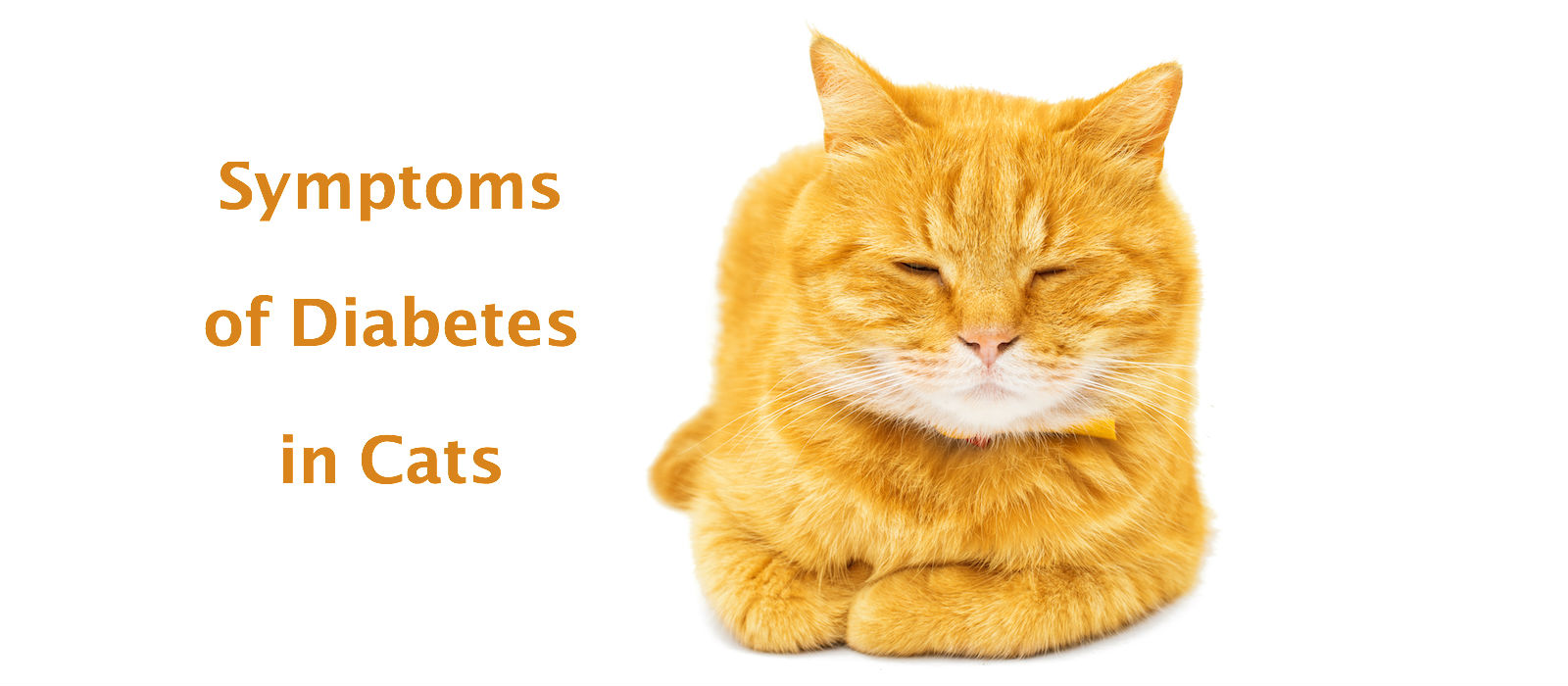
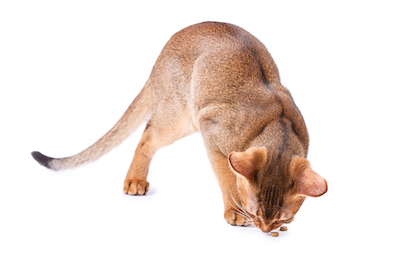 Diabetes in cats is often long undetected because in the beginning the disease manifests only mild symptoms. Be therefore sensitive over small changes that you notice in your cat’s behavior. Increased water drinking and frequent discontinuation of urine may indicate, for example, an elevated blood sugar level.
Diabetes in cats is often long undetected because in the beginning the disease manifests only mild symptoms. Be therefore sensitive over small changes that you notice in your cat’s behavior. Increased water drinking and frequent discontinuation of urine may indicate, for example, an elevated blood sugar level.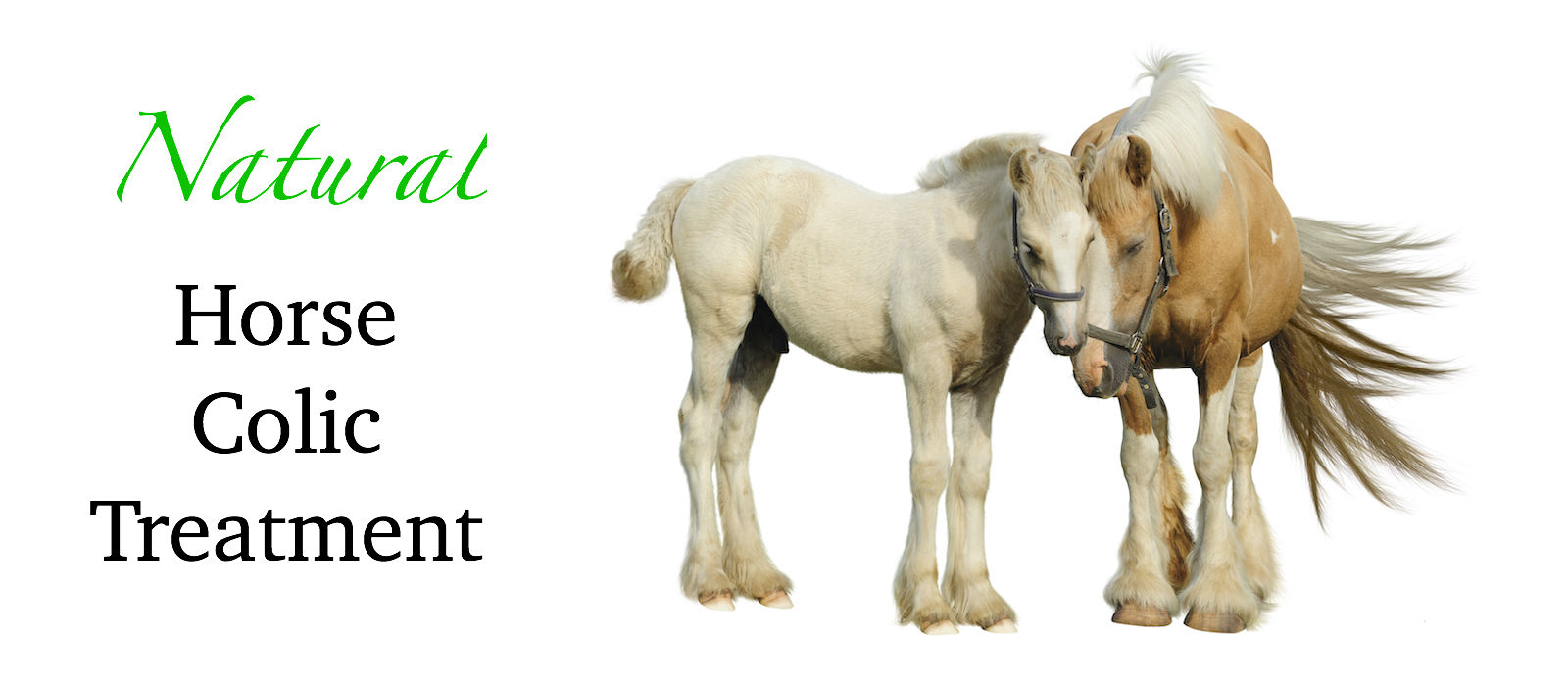
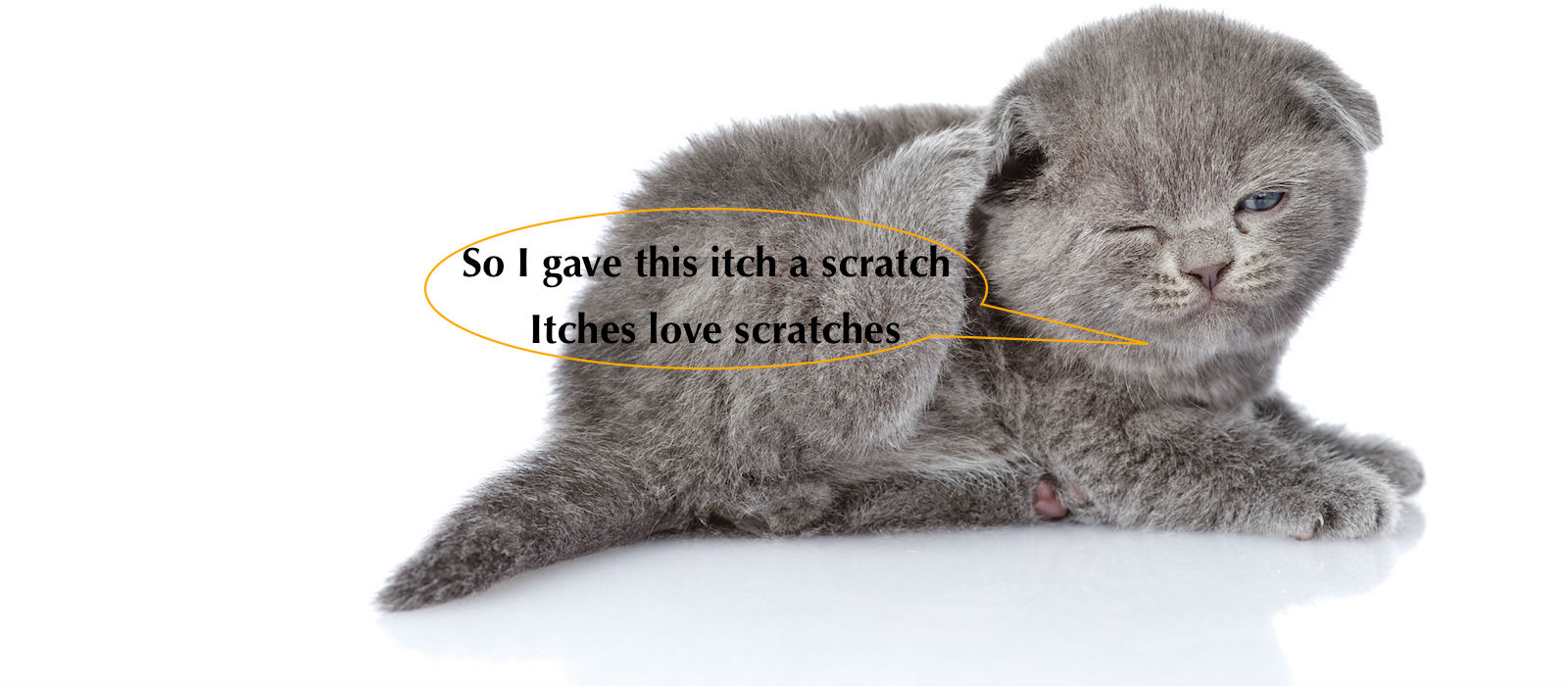
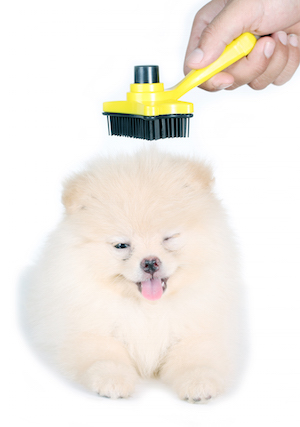
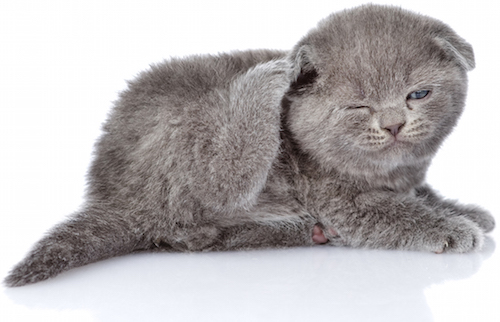 Find and fight the cause of dry skin in dogs, cats and horses. Sometimes dry skin is caused by the infestation of parasites. For example if you find dry skin on the ears of your pet, he probably has mites. This causes the itching and the associated dry skin. Dip a cotton ball in mineral oil and spread it on the infected area to get rid of the mites.
Find and fight the cause of dry skin in dogs, cats and horses. Sometimes dry skin is caused by the infestation of parasites. For example if you find dry skin on the ears of your pet, he probably has mites. This causes the itching and the associated dry skin. Dip a cotton ball in mineral oil and spread it on the infected area to get rid of the mites.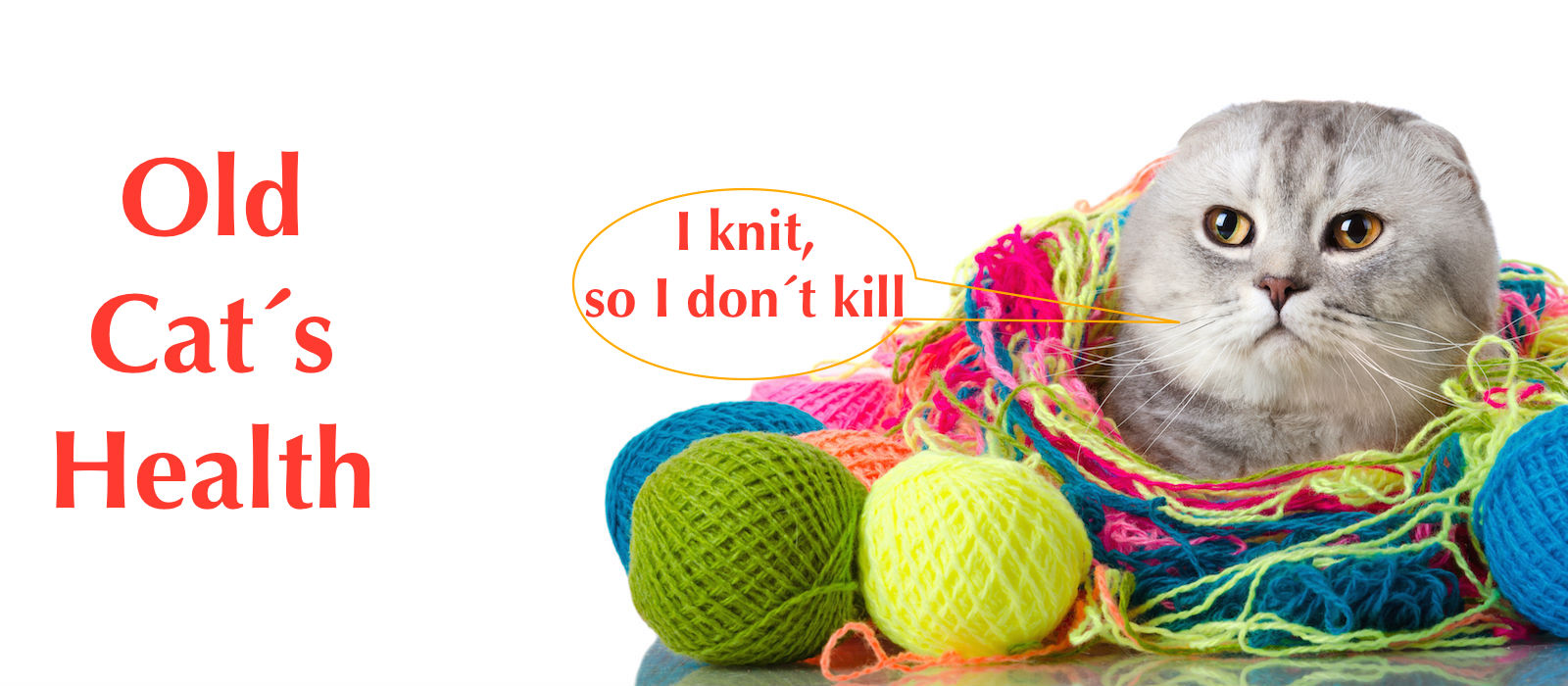
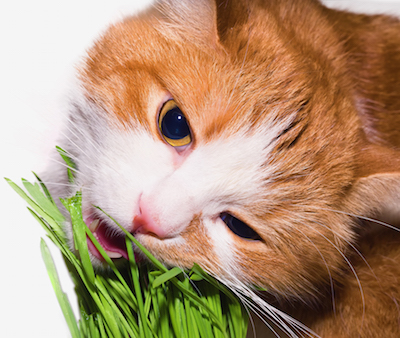 The medicinal herbs are available as teas or in the form of capsules at the vet or pharmacist. Powdered herbs can be mixed directly into the feed. The tastier and stronger in taste the food, for example, tuna or sardines, the better it covers the herbal flavor. You start with a low dose and this way you sneak in the taste. Gradually it is increased over a week until the full dose is reached, as older cats usually react negatively to taste changes and reject new tastes. Comply animals can be given the powder in capsule form also directly into the little mouth by the owner. Depending on their size, the cat gets half to one dose of the in the package insert specified amount for a human infant, i.e. for the delicate Senior cat half of the capsule´s content is enough, while it has to be the whole dose for a big cat.
The medicinal herbs are available as teas or in the form of capsules at the vet or pharmacist. Powdered herbs can be mixed directly into the feed. The tastier and stronger in taste the food, for example, tuna or sardines, the better it covers the herbal flavor. You start with a low dose and this way you sneak in the taste. Gradually it is increased over a week until the full dose is reached, as older cats usually react negatively to taste changes and reject new tastes. Comply animals can be given the powder in capsule form also directly into the little mouth by the owner. Depending on their size, the cat gets half to one dose of the in the package insert specified amount for a human infant, i.e. for the delicate Senior cat half of the capsule´s content is enough, while it has to be the whole dose for a big cat.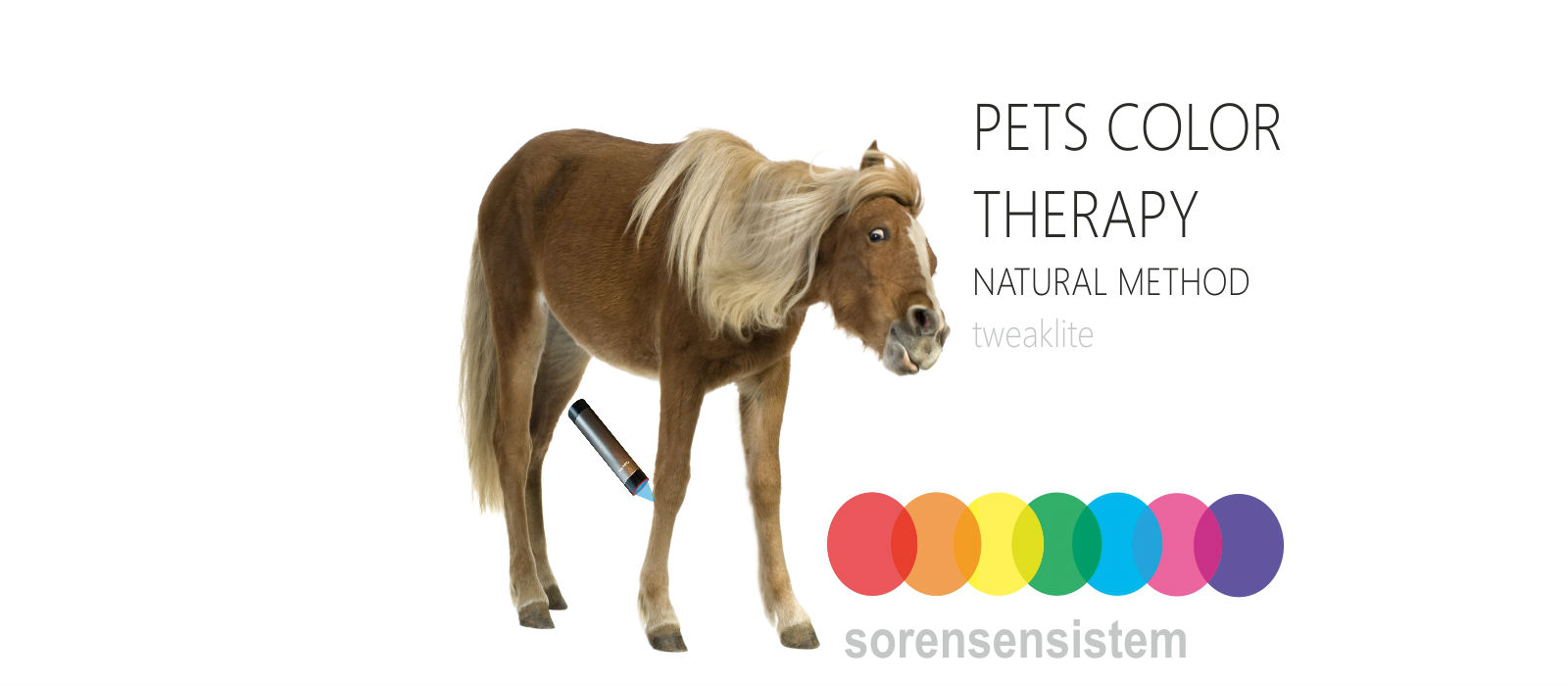
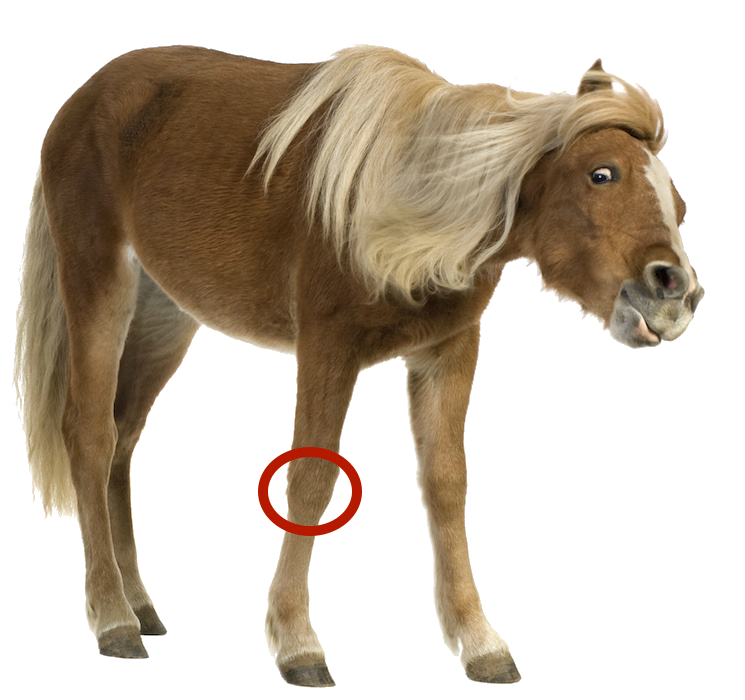 I´ts not uncommon that horses suffer from a so-called patellar dislocation. This means that the internal patellar ligament is too loose and the kneecap bounces. In motion, the horse then sometimes bends the hind legs. In the prior, the therapist can trigger the jumping of the patella for the diagnosis. The patellar luxation is very painful. Therefore, when the horse is galloping the hind legs work in lang lay (rabbit gallop) and often trot awkwardly at the back. Some horses, on one hand, prefer gallop, while on the other prefer to trot. You want to avoid tight turns. The riding of many narrow turns worsenes the problem.
I´ts not uncommon that horses suffer from a so-called patellar dislocation. This means that the internal patellar ligament is too loose and the kneecap bounces. In motion, the horse then sometimes bends the hind legs. In the prior, the therapist can trigger the jumping of the patella for the diagnosis. The patellar luxation is very painful. Therefore, when the horse is galloping the hind legs work in lang lay (rabbit gallop) and often trot awkwardly at the back. Some horses, on one hand, prefer gallop, while on the other prefer to trot. You want to avoid tight turns. The riding of many narrow turns worsenes the problem.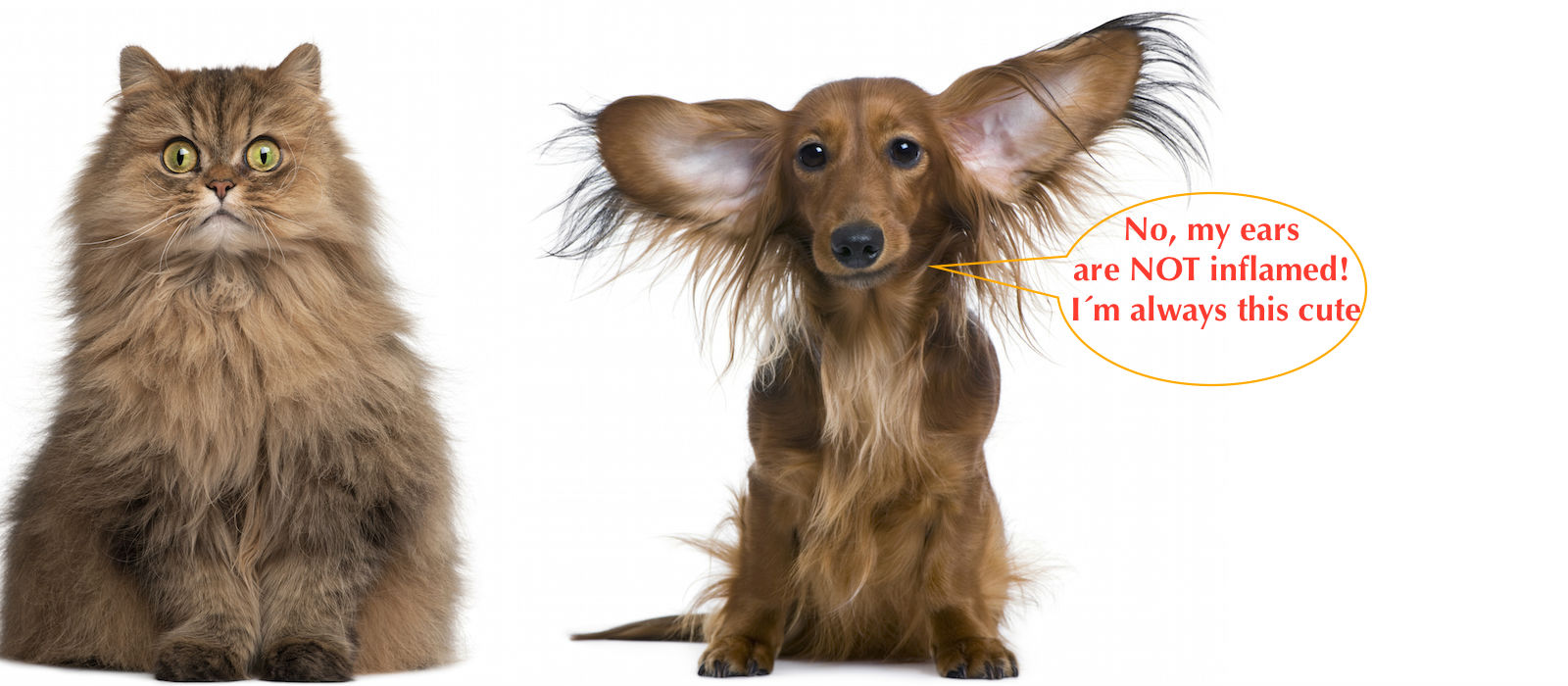
 • In dogs with drooping ears or ears that are almost fully covered by a lot of hair, the ears can not be well ventilated. That is why these animals have an increased chance of getting an ear infection. If you can remove the hair on a regular basis, you reduce this risk.
• In dogs with drooping ears or ears that are almost fully covered by a lot of hair, the ears can not be well ventilated. That is why these animals have an increased chance of getting an ear infection. If you can remove the hair on a regular basis, you reduce this risk.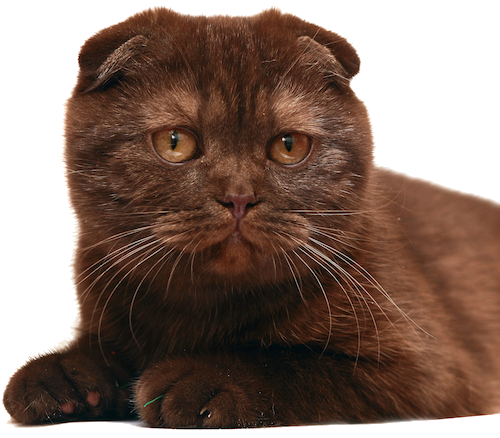 Colloidal silver is used in the form of drops and ointments as an alternative to chemical antibiotics. Especially in the control of bacteria, viruses, parasites and fungi it has been found to be very effective.
Colloidal silver is used in the form of drops and ointments as an alternative to chemical antibiotics. Especially in the control of bacteria, viruses, parasites and fungi it has been found to be very effective.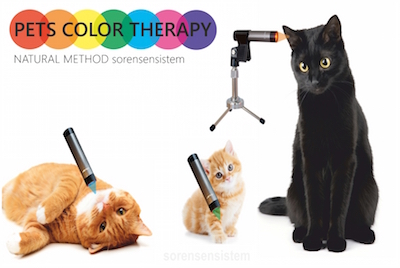
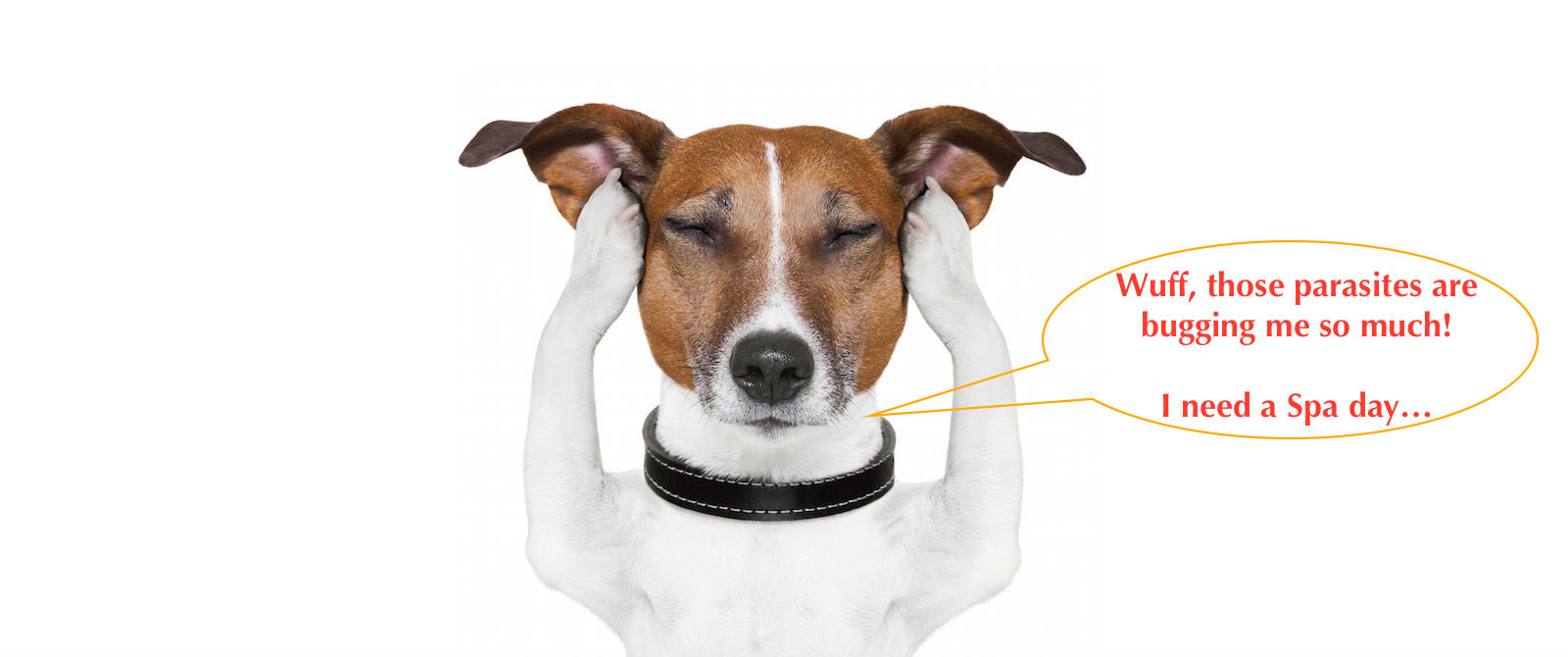
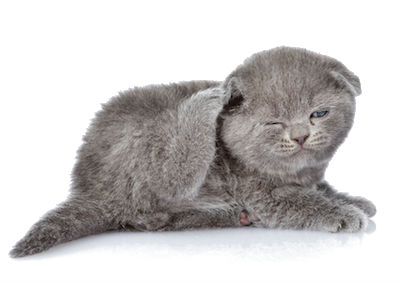 Outdoor cats allowed to roam the house, the garden and the surrounding area, live a fullfilled cat life. They are, however, also exposed to some risks and dangers such as the infestation by parasites – ticks, fleas or mites.
Outdoor cats allowed to roam the house, the garden and the surrounding area, live a fullfilled cat life. They are, however, also exposed to some risks and dangers such as the infestation by parasites – ticks, fleas or mites.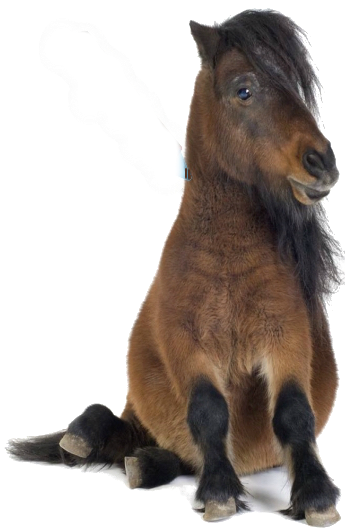 Also for horses pure organic coconut oil works as a feed additive, as well as skin care product. The following are the advantages of the use of coconut oil for horses:
Also for horses pure organic coconut oil works as a feed additive, as well as skin care product. The following are the advantages of the use of coconut oil for horses: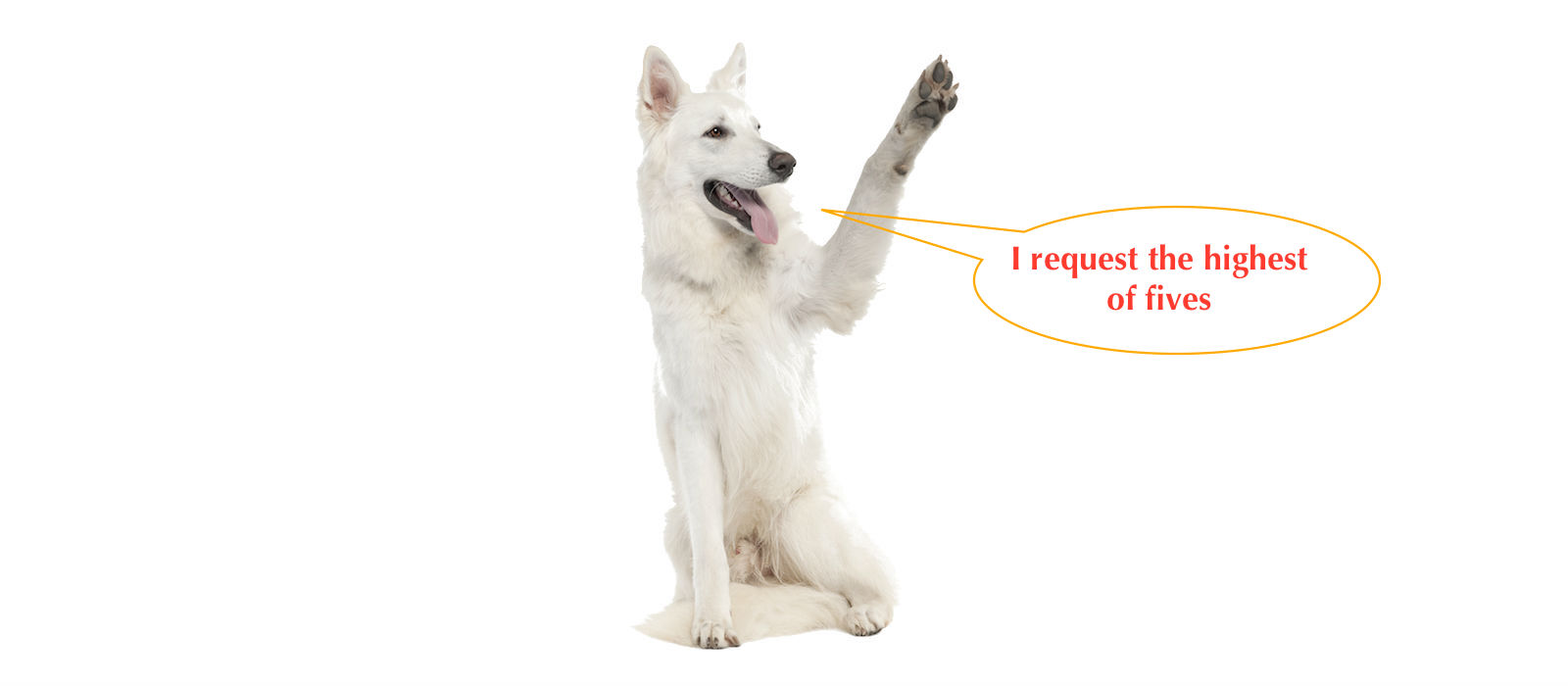
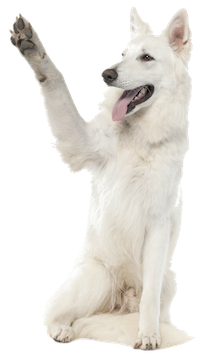 Now the paws are strained and need increased attention by the dog owner. Thawing salt outside in housing areas is unavoidable and attacks the bale enormously. Therefore it is recommendable to rinse off the paws with luke-warm water after every walk. To avoid the paws from getting rough and chapped, rub them with vaseline or deer-sebum after washing. Also marigold-, elderflower- and chamomile-salve as well as amber- or lavender oil are suitable for pad-care.
Now the paws are strained and need increased attention by the dog owner. Thawing salt outside in housing areas is unavoidable and attacks the bale enormously. Therefore it is recommendable to rinse off the paws with luke-warm water after every walk. To avoid the paws from getting rough and chapped, rub them with vaseline or deer-sebum after washing. Also marigold-, elderflower- and chamomile-salve as well as amber- or lavender oil are suitable for pad-care.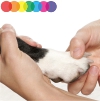 After an eventful winter day outdoors, the dog paws earned a relaxing wellness care at home.
After an eventful winter day outdoors, the dog paws earned a relaxing wellness care at home.